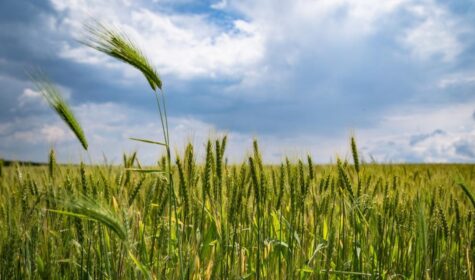Our planet is at a tipping point. Climate change threatens all our futures if we do not act now. All sectors must look at their impact, and agriculture is no exception. Agriculture is currently responsible for up to one quarter of all emissions globally. Current industrial farming practices are major contributors to escalating climate change and nature loss – this must urgently be addressed.
But farming is also unique. Not only could it reduce emissions through more sustainable practices, it also has the potential to remove carbon from the atmosphere and become perhaps the biggest nature-based solution to climate change. In addition, sustainable farming can restore nature and deliver healthy food from resilient food systems. These issues – climate, nature and health – are interlinked and should not be treated in silos.
So why is food and farming not on the agenda of COP26? As talks begin in Glasgow, there is a risk that governments could be missing a major opportunity.


